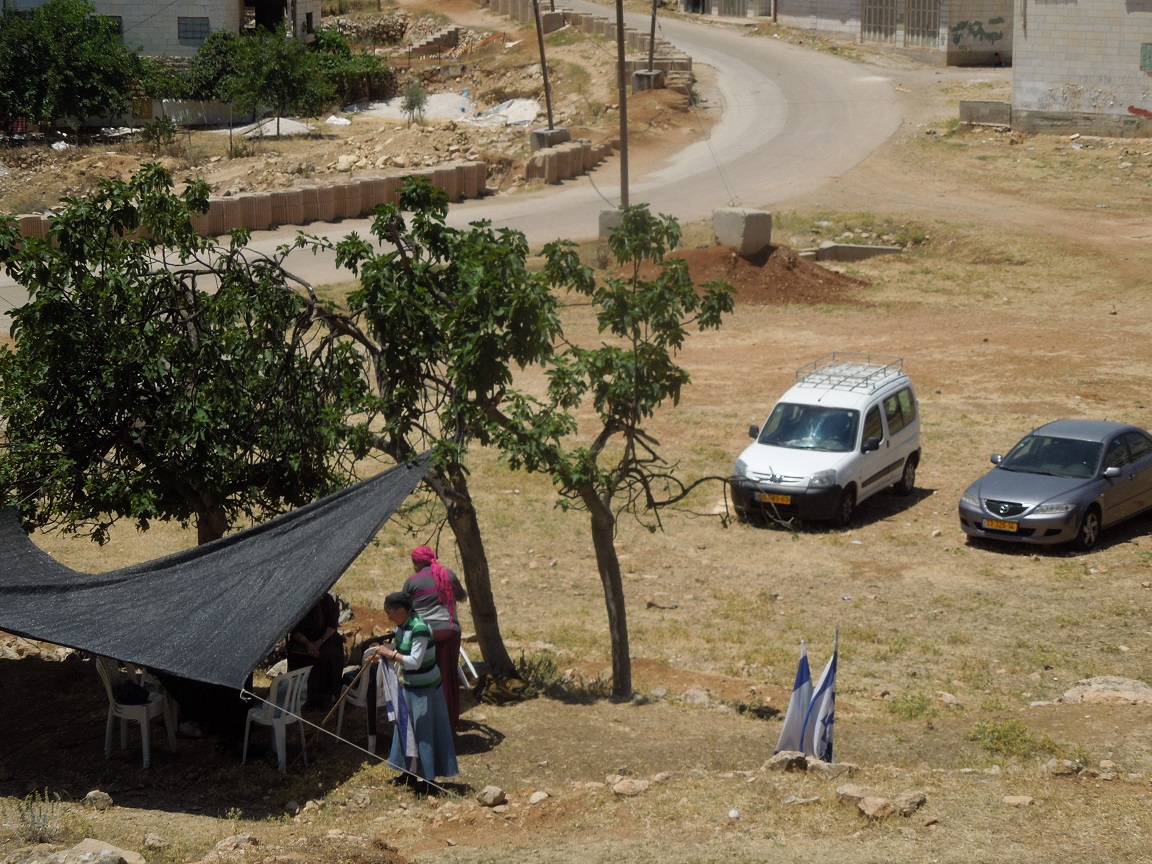Tag: Land confiscation
-
UPDATED: New wall construction to surround Azzun Atma
20th June 2013 | International Solidarity Movement, Nablus Team | Azzun Atma, Occupied Palestine UPDATE 21th June: This morning, the 21st of June villagers from Azzun Atma gathered at the school where construction for the new wall started three days earlier. The villagers performed midday prayers together before marching around the school on to the land…
-
Settlers setting up tent and planning road in Palestinian owned land in Al Khalil
27th May 2013 | International Solidarity Movement, Team Al Khalil | Hebron, Occupied Palestine UPDATE 28th May: Settlers claim that they will return on 28th May to build a road on Palestinian owned land in Wadi al-Hussein, Al Khalil. No building has yet taken place and settlers have yet to provide any documentation or court…

